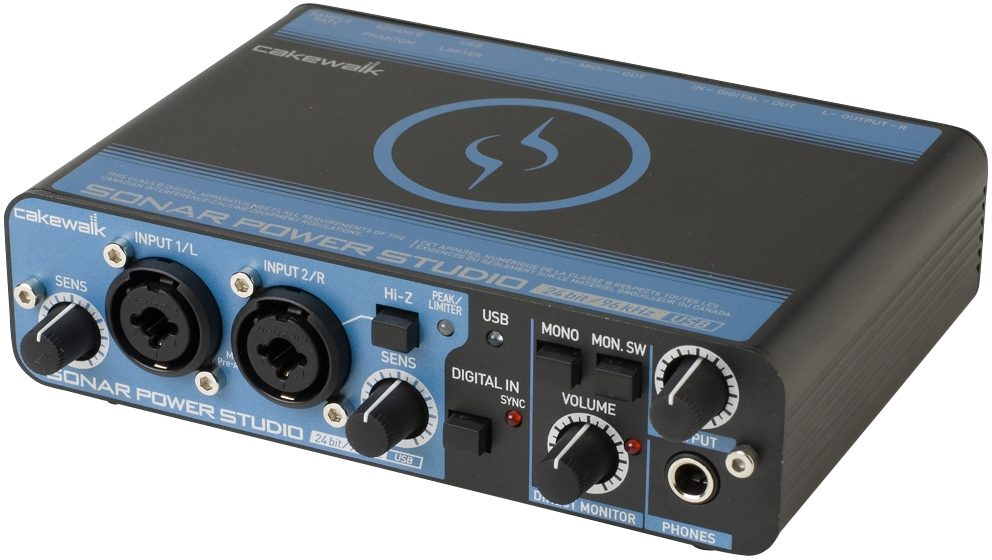Cakewalk Sound Cards & Media Devices Driver Download For Windows 10
| Developer(s) | Twelve Tone Systems |
|---|---|
| Stable release | 9.03 |
| Operating system | Microsoft Windows |
| Type | Host/Digital audio workstation |
| License | Proprietary |
| Website | cakewalk.com |
Cakewalk is a Digital Audio Workstation (DAW) first developed by Twelve Tone Systems, Inc. (the company later known as Cakewalk, Inc.). Originally for DOS, starting with version Cakewalk 1.0 in 1987,[1] and, beginning in 1991, for Windows 3.0. Cakewalk, until version 4.0 required an MPU-401MIDI interface card operating in intelligent mode, while 4.0 and later versions relied on the dumb UART mode only. Cakewalk was delivered in two versions, Cakewalk Pro and Cakewalk Express.
The part of the audio hardware that is mostly responsible for maintaining this its driver, which is sort of like the language the hardware uses to talk to windows. When manufacturers make a simple sound card for general use they use an MME Driver. This type of driver is designed to work with any sound device. Hey guys i've been away from the scene for a while. Back in action again!! What are the 3 best sound cards in your opinion? I not in any rush to go off and bye a creative or anything! Lol. Edirol FA66 firewire audio interface. Edirol UA25 USB audio interface M-AUDIO Delta 66??? If you are experiencing dropouts where the audio engine is completely stopping and you see a dropout message within Cakewalk by BandLab, try increasing your sound card's latency settings by doing the following: Go to Edit Preferences Audio Driver Settings. For more information about how to do this, see update drivers in Windows 10. If the device is not yet connected, first install the device-specific driver, such as by using the appropriate installer. After the device-specific driver is installed, Windows 10 will select that driver instead of the standard USB audio 2.0 driver when you.
The latter was a lite version limited to 25 tracks and 1 MIDI output port. The Express version was sometimes bundled with hardware such as a sound card. Cakewalk was a purely MIDI based sequencer: Although it could trigger WAV files at certain points, more comprehensive audio support was not incorporated until the advent of Cakewalk Pro Audio when true support for digitized audio was added.
Features[edit]
The last version of the product featured a piano roll editor, support for limited music notation and a built-in scripting language called CAL (Cakewalk Application Language).[2] Cakewalk was a predecessor of SONAR which had nearly all of the same features, including support for CAL, and was the only major DAW on the market supporting a scripting language.
Cakewalk had piano roll and CAL support since the Windows 16-bit Version 3.01.
Cakewalk Sound Cards & Media Devices Driver Download For Windows 10 32-bit
Cakewalk 3.01 showing limited WAV file support.
Cakewalk 3.01 showing Piano Roll, Staff and CAL windows.
See also[edit]

References[edit]
- ^Interview with founder and CEO Greg Hendershott, 20 years on, 12 November 2007, at Create Digital Music blog.
- ^Cakewalk DevXchange - CAL
Further reading[edit]

Cakewalk Sound Cards & Media Devices Driver Download For Windows 10 Windows 7

- 'Cakewalk Pro Audio V6'. Future Music. No. 60. ISSN0967-0378. OCLC1032779031.

Cakewalk Sound Cards & Media Devices Driver Download For Windows 10 7
External links[edit]
- Sound On Sound review of Cakewalk Pro Audio 6 (archive.org)
- Sound On Sound review of Cakewalk Pro Audio 7 (archive.org)
Cakewalk Sound Cards & Media Devices Driver Download For Windows 10 64-bit
